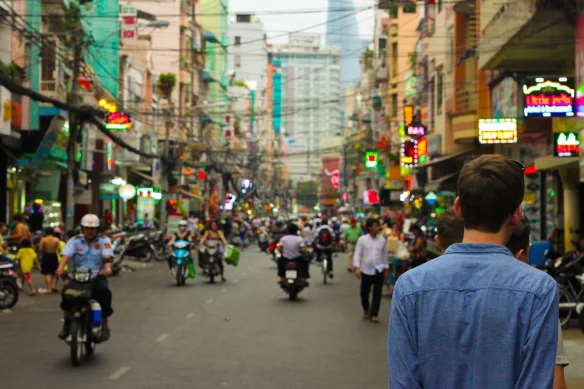Short Introduction
Urban Transformation has always been happening. While urbanization is a process that began in the 19th century, when the supply situation of the rural population in many parts of the world led to migration to the cities, resulting in many changes in both their habitats and living conditions, it has been determined also by industrialization. Today, due to the facets of modernization, urbanization is a phenomenon that encompasses both cities and rural areas. At the same time, cities are subject to transformation in various ways. On the one hand, this concerns processes of gentrification and on the other hand, the expansion of slums, as well as the associated loss of traditions and customs. It also concerns the commodification of cultural monuments and thus the destruction of tangible substance and identities as well as the change in urban functions, ranging from tourism to creative industries and urban perceptions. Transformation is a phenomenon that influences any type of infrastructure development and thereby affects social, cultural and technical values. Therefore, urban transformation is a phenomenon that is both multidimensional and at the same time cannot be fully examined. Transformation is also connected to the rise of urban topics like innovation, urban resilience and circular economies. This chapter examines some of the elements that have a direct impact on both tangible and intangible heritage.
Coordinating Expert:
Matthias Ripp, PhD, World Heritage Coordinator, Stadt Regensburg
SDG’s
4, 7, 8, 9, 11, 13
For the project "Private: 50 Years World Heritage Convention: Shared Responsibility – Conflict & Reconciliation" six conflict areas were defined:

